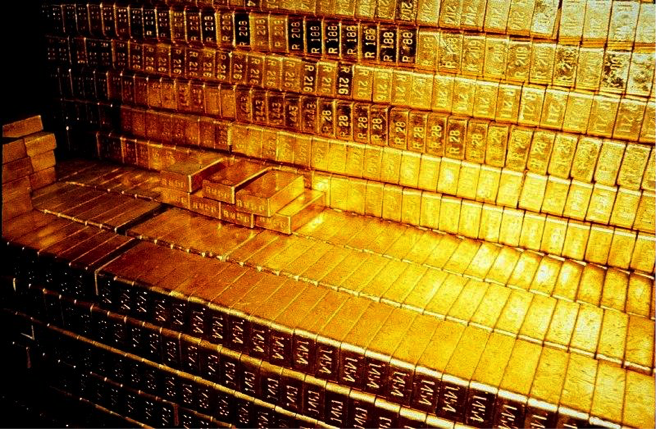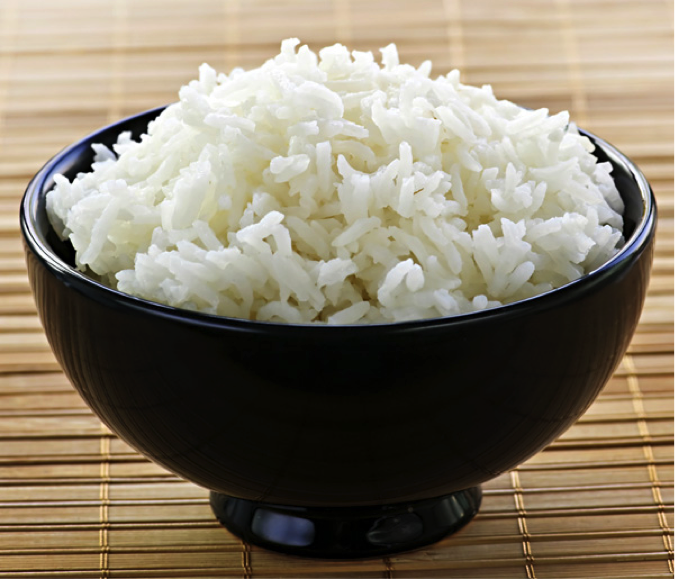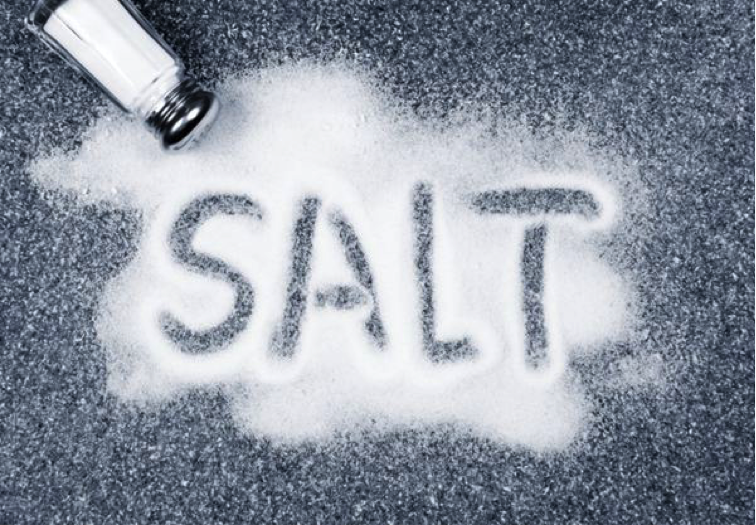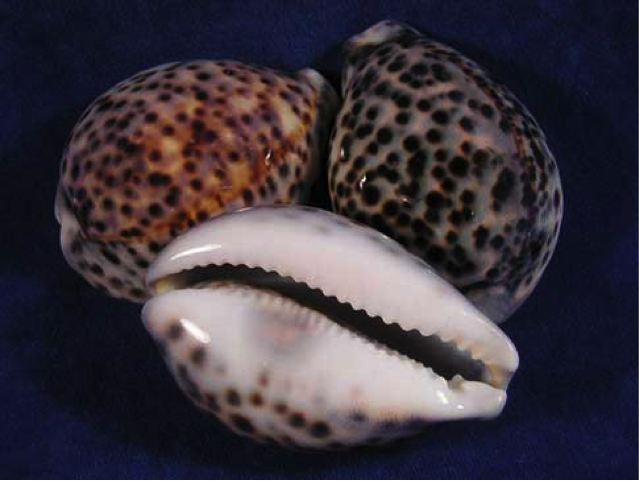5 Types Of Alternative Money That Have Been More Useful Than Legal Currencies We Use Today
Few people in Singapore are ready to accept, or understand the concept of, money that differs from our trusted Singapore Dollar (SGD) notes. Recently various forms of digital money have hit the international market, and some have been finding its way into our country. While not threatening to replace traditional paper money right now, digital currencies such as Bitcoins continue to gain recognition and favour. Mostly because of the complex structure of the way digital currencies work, and our paranoia that it can be hacked into, most of us still feel more secure hanging onto our paper notes.
However, the case of Bitcoin proves the world is readying for a move away from mainstream currency. And if you think a little harder about it, you are actually just holding on to a stack of paper that has no intrinsic value in the first place. And the only reason you feel more secure holding it is because society is willing to accept it as a form of payment.
Throughout history, money has always existed in various forms. We are not suggesting that Singapore should revert to these methods, but here are some interesting commodity monies that have been used in the past.
1. Gold
Gold is the most common type of commodity money and the most easily understood as well, even by people who have no understanding of economics. Throughout history, gold has always held value. Interestingly, the US dollar was held against “The Gold Standard” in the past where its value was literally measured against the gold reserves USA had.
There are some properties of gold that make it suitable as commodity money. Firstly, you are able to store it for a really long time without worrying if it will rust, expire or start breaking down. Secondly, it is rather portable. For example, gold coins can easily be carried around and used as payment for purchase of goods or services.
Gold does have some intrinsic value as a commodity as well since it is used extensively for jewellery and electronics parts. In uncertain times, when people do not trust the Government or the monetary system, gold as a form of payment might be preferred to the local currency, as evidenced by its meteric rise since the last financial crisis. More importantly, the government cannot create gold whereas the local currency can be printed at their whim.
2. Cigarettes
This may sound strange but cigarettes, as a form of money, is rather popular during wartime especially in POW camps.
Cigarettes become popular in circumstances where the value of money is absent. Soldiers in war have no use for money when it is unable to buy them anything of comfort or purpose. However with cigarettes, soldiers can actually establish an economic system where the non-smokers exchange their cigarettes entitlements with smokers who want to smoke more.
Due to this, cigarettes can be used as a form of currency. Extra cigarettes you have can be used to buy items that you want. Items that you do not want can be sold for more cigarettes. Exchange between willing buyers and sellers of goods can easily be brokered by the use of ciagrettes with little inconvenience.
In fact, cigarettes are so convenient that some POW camps in WW2 only accepted cigarettes as a form of payment.
3. Rice
The Asian love affair – it comes as no surprise then that in the early 17th century, rice was considered the main currency in Japan.
In those days, when life was all about being able to fill your stomach and surviving through the winter, getting your salary paid in the form of rice actually made the most sense. A hardworking individual whose family has excess rice can also use it to buy other goods that he requires.
If you still find this unbelievable, think about this hypothetical scenario. If Singapore is at war and food quantity is limited. Would you rather have a billion SGD in notes or a sack of rice to feed your family?
4. Salt
The word “Salary” is actually derived from the word “Salt”.
During the Roman Empire, one ways soldiers were paid for their services was in the form of salt. Aside from being used as a type of seasoning or preservative, which does give it some intrinsic value, the Roman soldiers did have some intelligent economic concepts in mind when they asked to be paid in salt.
During time of war whereby there is always a shortage of supply and excess in demand, significant inflation will be present.
Rather than be paid in Denarius (a type of silver coin) only to see their purchasing power be eroded by inflation after the war, soldiers would rather be paid in commodity such as salt, which tracked inflation effectively. And because salt is able last for a really long time, the value of it did not detoriate.
Likewise, perhaps Singaporeans should request to be paid via HDB flats?
5. Shell Money
Some sort of shell money has been in use, at one point or another, in every continent on Earth. In fact, some African nations were still using it as legal tender until the early 20th century.
The commodity value of shells lies in its ability to be used as a decorative ornament. It is also able to last for a long time, thus retaining its value for a long time. The shells were also intricately designed and very hard to forge, one of the reasons why the Cowrie Shell was used by more people, over a greater geographic region and over a longer period of time than precious metals have been used as money. It is also interesting to note that at one point in history, only a fool would have give up a Cowrie Shell for a gold piece.
The shells have also worked its way into our pop culture; the notes and coins that appear on SpongeBob SquarePants depict shells.
Have we missed out on something that you think should be included? Fill us in with your thoughts on our Facebook page!
DollarsAndSense.sg is a website that aims to provide interesting, bite-sized financial articles which is relevant to the average Singaporean.
The post 5 Types Of Alternative Money That Have Been More Useful Than Legal Currencies We Use Today appeared first on DollarsAndSense.sg.

 Yahoo Finance
Yahoo Finance 




